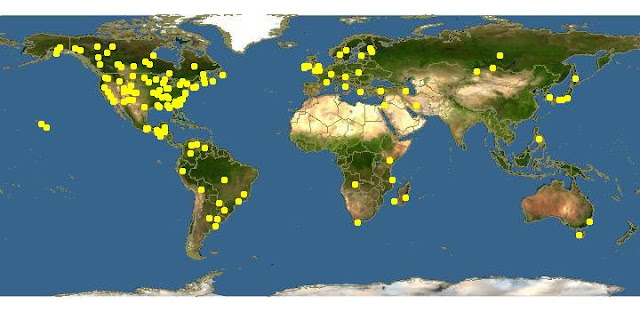David Holmgren, one of the co-originators of the concept of permaculture, speaks on International Permaculture Day regarding food rights and seed saving. He enthusiastically endorses Dr. Vandana Shiva's Seed Freedom Movement and Seed Sovereignty. He and we believe this is more about creating the world we want, rather than fighting against a world we don't want.
This is why we work so diligently to create in beautiful and sustainable ways that serve the highest/best good of our family, our community and that of our environment.
This interview was conducted by Peter Charles Downey for United Natures:
Holmgren's suggestion for permaculture activism: Disconnect from the centralized, globalized food supply system and begin buying from local organic farmers. Refuse to participate in a system that starts with Monsanto Genetically Modified seed and ends with the monopoly supermarkets. It doesn't take a majority to make a huge shock to the system; small percentage shifts will get the attention of global food companies and brokers very quickly.
Note to reader: The links in this post are extremely valuable. If you don't normally use hyperlinks, you might consider using these. They are not advertising links and we receive no profit or benefit other than sharing access to positive, pro-active, informative sites.
This is why we work so diligently to create in beautiful and sustainable ways that serve the highest/best good of our family, our community and that of our environment.
This interview was conducted by Peter Charles Downey for United Natures:
Holmgren's suggestion for permaculture activism: Disconnect from the centralized, globalized food supply system and begin buying from local organic farmers. Refuse to participate in a system that starts with Monsanto Genetically Modified seed and ends with the monopoly supermarkets. It doesn't take a majority to make a huge shock to the system; small percentage shifts will get the attention of global food companies and brokers very quickly.
Note to reader: The links in this post are extremely valuable. If you don't normally use hyperlinks, you might consider using these. They are not advertising links and we receive no profit or benefit other than sharing access to positive, pro-active, informative sites.











